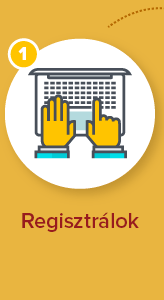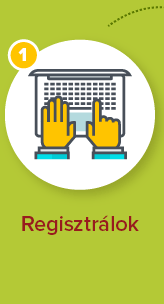| auction house |
Központi Antique Book Shop |
| date of auction |
d-m-Y H:i |
| title of auction |
150. könyvárverés |
| date of exhibition |
2019. május 27 - június 6. hétköznap 10.00 - 18.00 óráig |
| auction contact |
(00 361) 317-3514 | aukcio@kozpontiantikvarium.hu | www.kozpontiantikvarium.hu |
| link of auction |
https://axioart.com/aukcio/2019-06-07/150-konyvarveres |
101. item
22 magyar vár és város színezett, rézmetszetű látképe.
Coloured views of 22 Hungarian cities from Braun and Hogenberg's "Civitates Orbis Terrarum", one of the most important works from the early days of modern cartography and topographical illustration. Georg Braun, the editor and Frans Hogenberg, the engraver worked for over twenty years to produce their "towns of the world," the first systematic depiction of views of cities throughout the world. This impressive production, issued in six volumes from 1572 to 1617, was a monumental piece of Renaissance learning and was designed to complement Ortelius' "Theatrum Orbis Terrarum", the first modern atlas. These two atlases, both firsts of their type, were born in response to a new interest in the nature of the world by the Western European population. This nascent interest was spurred by both the existence of a growing middle class and the relatively new general availability of printed books. They relied mainly on existing maps, but also on maps drawn by more than a hundred artists and cartographers, most significant of whom was the Antwerp artist Joris Hoefnagel (1542-1600), who had travelled through most of Western Europe. After Joris Hoefnagel's death his son Jakob continued the work for the Civitates. In order to add further authenticity to the highly accurate topographical details, Braun added figures in local dress to the maps. The collection contains the 4 Hungarian plates, that were published later, only by Jansson, and are regarded as the rarest of the Hungarian views.





























































 VÉTELI MEGBÍZÁST ADOK
VÉTELI MEGBÍZÁST ADOK



















